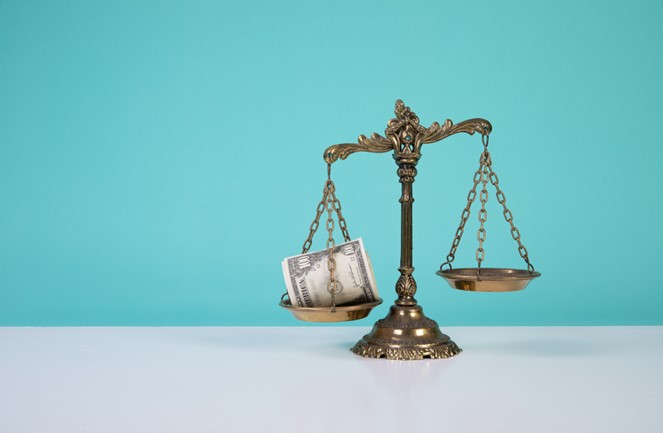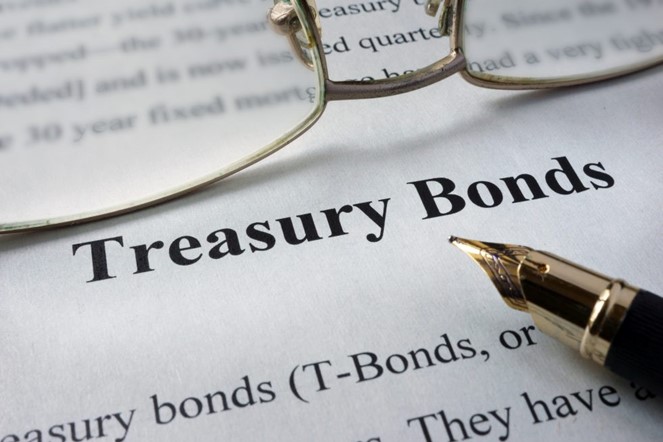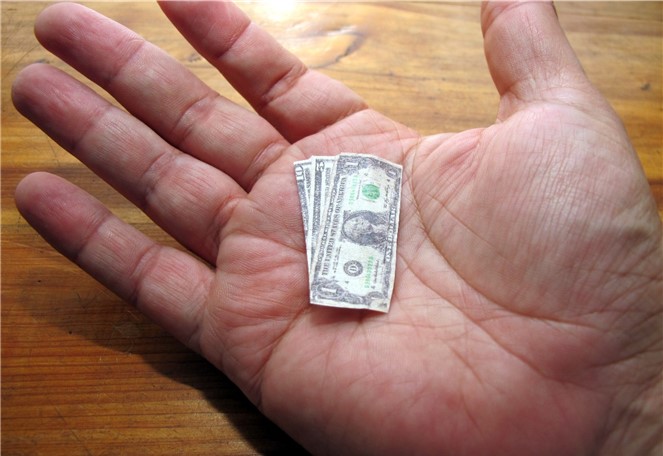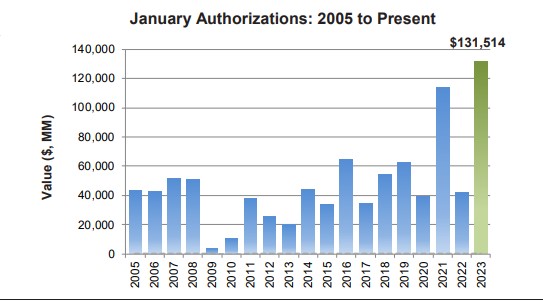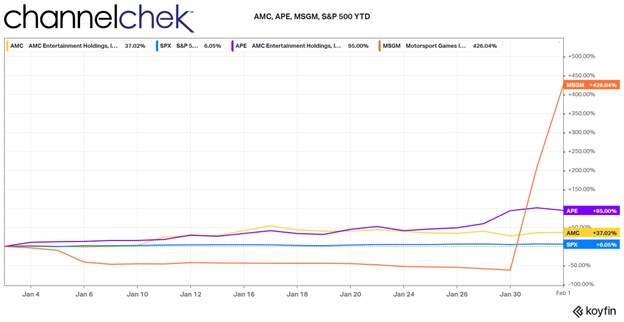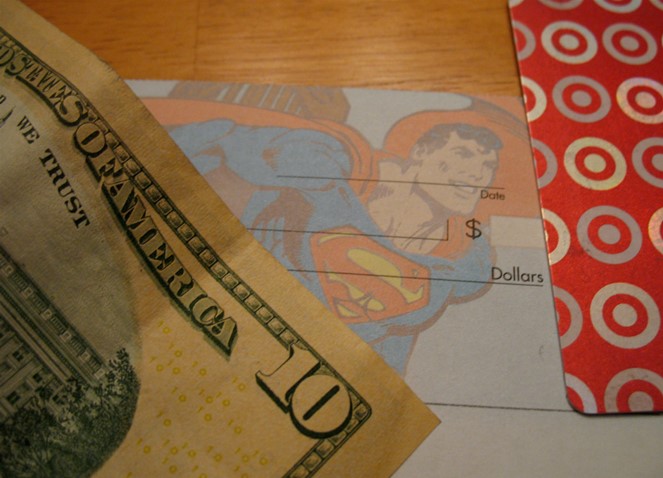
Stock Options Trading Explained
Stock options, sometimes referred to as derivatives, are a tool for managing risk when combined with a related equity holding, or as a means to amplify return on moves made by a stock or index. There are also related income strategies investors should know about. Newer investors often learn they could have benefited from options after it’s too late. Below we talk about stock options, what they are and how they are used to fill some investor knowledge gaps they may not even be aware they have. This discussion includes understanding what options are, why they are used, the different types of options available, and how you can use them to hedge against the market moving in the wrong direction. You’ll also discover how options can be used to amplify portfolio results.
What are Options?
Options are contracts that give the buyer the right, but not the obligation, to buy or sell an underlying asset at a specified price and date(s). The underlying asset can be anything from stocks, bonds, commodities, or even currencies, for the purpose of this article, we focus on stocks and stock indices.
There are two types of stock options: call options and put options. A call option gives the buyer the right, but not the obligation, to buy the underlying stock at a specified price and date. A put option gives the buyer the right, but not the obligation, to sell the underlying stock at a specified price and date.
When an investor buys an option, they are said to be “long” the option. When they sell an option, they are said to be “short” the option. Being long a call option is similar to being long the stock, as the investor profits if the stock rises. Being long a put option is similar to being short the stock, as the investor profits if the stock price falls.
Why Are Options Used?
Options are used for various reasons, such as speculation, hedging, and income generation. Speculators implement strategies to bet on the direction of the options underlying stock. For example, an investor that expects a stock price may rise will buy a call option. It they believe it will fall, they could get short exposure by going long a put option.
Options can also serve investors to hedge (protect) their holdings and offset potential losses in the underlying position. For example, if an investor owns XYZ Stock, they can buy a put option to protect against a potential drop in XYZ Stock. If the stock price falls, the put option will increase in value; depending on the shares controlled by the option, it can offset the decline in the stock.
Income generation using stock options is growing in usage. The scenario where this works is when an investor sells a call option against a stock they own, as part of the sale, they collect a premium for the option. If the stock price remains below the strike price of the call option, the investor keeps the premium and the stock. If the stock price rises above the strike price, the investor must sell the stock at the strike price, but still keeps the premium. This works best in a flat or declining market.
Using Options as a Hedge Against Losses
Options can be used as a hedge against the market moving against a stock position. For example, if an investor owns 100 shares of ABC Stock, currently trading at $50 per share. And the investor is concerned that the stock price may fall, but does not want to sell the stock and miss out on potential gains if the stock price rises, or in some cases, create a tax situation.
To hedge against a potential drop in ABC’s stock price, the investor may decide to buy a put option with a strike price of $45, expiring in three months, for a premium (cost) of $2 per share. If the stock price falls below $45, the put option will increase in value, offsetting the losses in the stock. If the stock price remains above $45, the put option will expire worthless, and the investor keeps the stock and the premium.
Time Decay, Intrinsic Value, and Extrinsic Value
So far, the use of options described here have been fairly straightforward. But there are considerations that might help keep this portfolio tool in the toolbox until it is most needed. The considerations are time decay, intrinsic value, and extrinsic value. Here is what is important to understand about these realities.
Time Decay:
Time decay, also known as theta, refers to the decrease in the value of an option as it approaches its expiration date. Options have a limited lifespan, and as time passes, the likelihood of the option ending up in the money decreases. Therefore, the time value of an option decreases as it approaches its expiration date, resulting in a decrease in the option premium.
Intrinsic Value:
Intrinsic value is the amount by which an option is in the money. In other words, it is the difference between the current market price of the stock and the strike price of the option. For example, if a call option has a strike price of $50 and the underlying stock is currently trading at $60, the intrinsic value of the option is $10 ($60 – $50).
Intrinsic value only applies to in-the-money options, as options that are out-of-the-money or at-the-money have no intrinsic value. The intrinsic value of an option is important because it represents the profit that an option holder would realize if they exercised the option immediately.
Extrinsic Value:
Extrinsic value, also known as time value, is the portion of an option’s premium that is not attributed to its intrinsic value. Extrinsic value is the amount that investors are willing to pay for the time left until expiration and the possibility of the underlying asset moving in their favor.
Extrinsic value is affected by several factors, including the time left until expiration, and the volatility of the underlying stock. As the expiration date approaches, the extrinsic value of an option decreases, and the option premium decreases as well.
Options Premium:
The options premium is the price that the buyer pays to purchase an option. The options premium is determined by various factors, including the current market price of the underlying asset, the strike price, the expiration date, and the level of volatility in the stocks price.
The options premium is made up of intrinsic value and extrinsic value. The intrinsic value represents the portion of the premium that is directly attributable to the difference between the current market price of the underlying asset and the strike price of the option. The extrinsic value represents the portion of the premium that is not attributable to the intrinsic value and is based on the time left until expiration, the level of volatility in the market, and other factors.
Understanding time decay, intrinsic value, and extrinsic value is crucial when it comes to trading stock options. Time decay affects the value of an option as it approaches its expiration date, while intrinsic value and extrinsic value make up the options premium. By understanding these concepts, investors can better understand their costs and make more enlightened decisions.
Take Away
Stock investors transact in stock options for various reasons. These include portfolio protection, income generation for an existing portfolio, and speculating on the direction of an asset. There are considerations associated with holding options beyond any commission or bid/offer spread. These are intrinsic premium costs for in-the-money trades, extrinsic as they relate to value and decay on the position as it approaches its expiration date.
Adding risk management using options to your investment tools to call upon when appropriate can reduce stress; speculating with the help of derivatives can be very rewarding but may have the impact of increasing portfolio swings in value along the way.
Managing Editor, Channelchek

